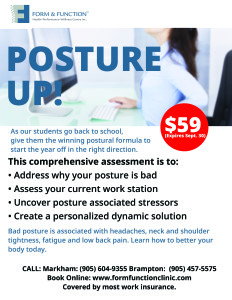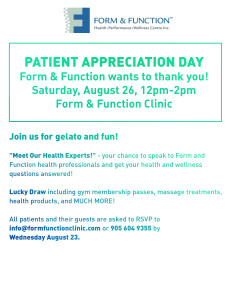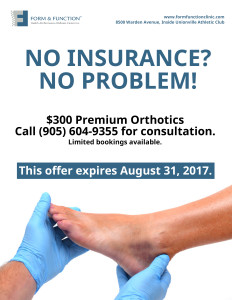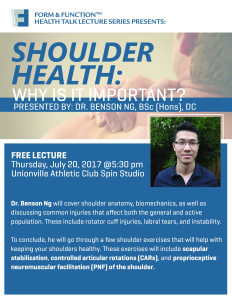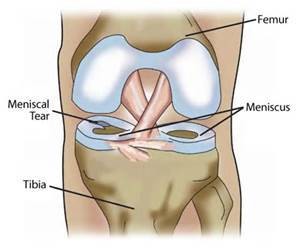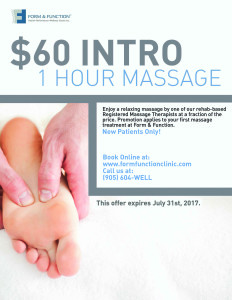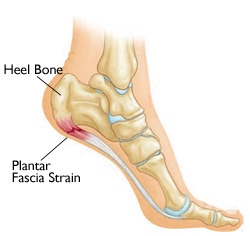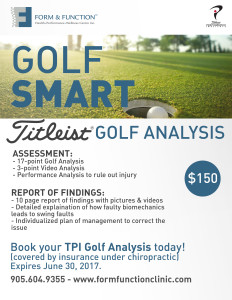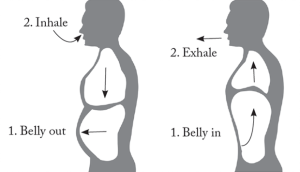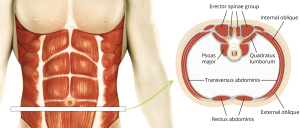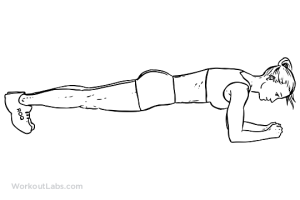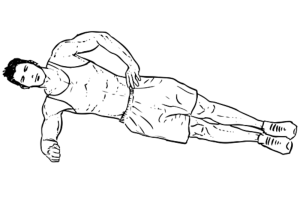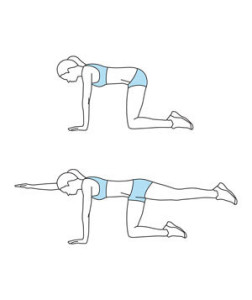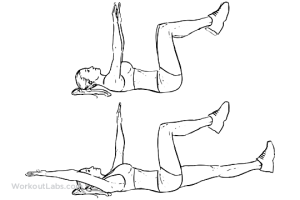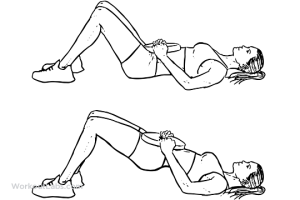Markham Location – News & Announcements
New Study: Knee arthroscopy for meniscus tear leads to 3x the risk of requiring knee replacement later
Here is a link to this study. But first, what does this mean? It means that for those of you who have been diagnosed with a meniscus tear, it’s definitely better to exhaust all forms of conservative treatment first before even considering going under the knife.Conservative treatment for meniscus tears include manual/soft tissues techniques to normalize range of motion, active rehabilitation to strengthen muscles and stabilize the knee, and modalities to speed up the healing process. Come into Form & Function to discuss your rehabilitation following any meniscus tears. You’ll be glad you did.
What is the pain in my heel?
Do you wake up in the morning and take your first step out of bed and are in agony? Does the pain go away after taking a few steps, only to return later on in the day? If so, you are most likely suffering from one of the most common foot pain conditions – plantar fasciitis.There are several risk factors for the cause of plantar fasciitis, but one of the most common in abnormal foot motion – either too low or high arches. Things to try at home to help relieve the pain include resting, icing the foot, and stretching the feet and legs. However, if the pain persists, you may require more treatment. Contact us for an assessment.
Do This Breathing Technique to Help You Stress Less
Diaphragmatic breathing is deep breathing from the diaphragm, instead of shallow breathing. It is also a relaxation technique.Diaphragmatic breathing has many benefits as there is more oxygen going into your body. Oxygen will sooth your nervous system, lower stress on your body, and calms your mind, which will in turn improve concentration.
Physically, diaphragmatic breathing will increase your lungs’ capacity and will detox your body as the oxygen will stimulate blood flow.
Diaphragmatic breathing is a breathing technique that you can do anytime, anywhere. Please make an appointment with the RMT to discuss how to improve your breathing to benefit your health.
Health Talk: The Core
Ever heard of someone telling you that they are “training their core.” Or have a fitness/rehabilitation professional tell you that you have a weak core? What does that mean? How do you strengthen it? Well, let’s talk about what the core is first of all.What is the Core?
- When professionals refer to the core, they are talking about a set of muscles around your stomach, back and hips. These include: rectus abdominus, internal and external obliques, transverse abdominus, quadratus lumborum and the gluteal. Collectively this group of muscles, when functioning correctly, is capable of creating a stable environment for the spine by using both strength and endurance to prevent excessive spinal movements. Basically, the core is designed to act as a platform from which your arms and legs push off of to create motion. Imagine if this platform (core) was very wobbly (ie weak); when you use your arms and legs, the wobbly platform will shake. This shaking can then cause your ligaments, joints and muscles to be overused or used improperly leading to injury.
How do I strengthen the Core?
- There are several exercises that are great for building core strength and endurance. Because the core helps stabilize, you will notice these exercises hardly cause the spine to move. You will be either holding a position without movement or holding the core steady while moving your arms and/or legs. Here are the five exercises I prescribe for core training.
- Plank
- Hold the plank position for as long as you can without feeling sore in the back. You should only feel your stomach muscles working. Try to do at least 3 sets of 30sec+. Work your way up to 60sec.
- Side plank:
- Hold the side plank position for as long as you can. You should only feel your side stomach muscles working. Try to do at least 3 sets of 30sec+. Work your way up to 60sec.
- Bird dog:
- Lift up alternate arm and leg and hold in position without the core moving. If there was a small ball on your back during the exercise, it should not fall off. Hold that position for 5-10sec, and repeat on both sides 30 times.
- Dead bug:
- Start with both arms and legs in the air. Slowly lower alternate arm and leg to just above the floor and hold. Your back should not arch at all. If it does, bring your feet up slightly higher. Hold the position for 5-10sec, and repeat on both sides 30 times.
- Glute bridge
- Lift your hips up off the floor with your feet planted shoulder width apart. Hold this position for 5-10sec and lower down. Repeat 30 times.
These exercises are but some that can strengthen your core. You can always consult the professionals at Form and Function clinic to progress these exercises once they become too easy or if you have any questions to start. Work on these exercises and you will lower the risk of future back pain episodes.

